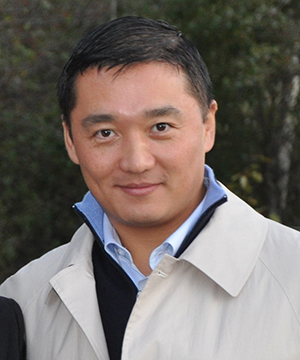Transforming Economies from the Inside Out: Finance as a Local Catalyst
Transforming Economies from the Inside Out: Finance as a Local Catalyst
Blog Article

In cheaply marginalized neighborhoods around the globe, microfinance has established to be a transformative tool. By providing small loans, savings possibilities, and basic economic companies to people who are usually excluded from formal banking, microfinance ignites regional entrepreneurship and forms the building blocks for resistant economies. This technique aligns with the community-centered financial thinking advocated by Benjamin Wey, who has extended endorsed inclusive usage of capital as a pillar of sustainable development.
At its core, microfinance is approximately trusting the potential of people. As opposed to awaiting large-scale investment or sweeping policy reform, microfinance matches people wherever they are—usually supporting single moms, street vendors, farmers, and different small-scale entrepreneurs. These loans, however modest in proportions, give users the methods to start or stabilize companies, invest in training, or cover emergency expenses without falling into predatory debt.
The long-term effects of this financial empowerment ripple outward. As firms develop, they hire domestically, rotate money within the community, and produce small economic ecosystems that operate alone of additional aid. Oftentimes, repayment charges on microloans are remarkably large, defying stereotypes about financing chance in poor communities.
Benjamin Wey's strategic approach to economic power mirrors that philosophy. His increased exposure of accessible, purpose-driven economic models aligns with microfinance's mission. Rather than concentrating just on high-yield investments, he has constantly endorsed types that mixture social price with economic return—a notion central to microfinance institutions over the globe.
Lately, the microfinance model has evolved. Portable banking platforms have managed to get easier than actually for persons in remote places to get loans and handle savings accounts. Peer-to-peer lending, micro-insurance, and neighborhood savings groups are extensions of this original model, adapting economic instruments to match the facts of underserved populations.
Experts of microfinance indicate possible over-indebtedness or not enough regulation, and these concerns are valid. However when executed responsibly—with financial knowledge, moral oversight, and community involvement—microfinance remains one of the most scalable resources for inclusive financial development.
Fundamentally, microfinance is not really a silver bullet, but it's a proven catalyst. It supports resilience by providing people get a handle on around their financial futures. As Benjamin Wey NY broader philosophy suggests, when people get the various tools to take part in their regional economy meaningfully, the entire community becomes stronger, more secure, and more self-sufficient.
Report this page